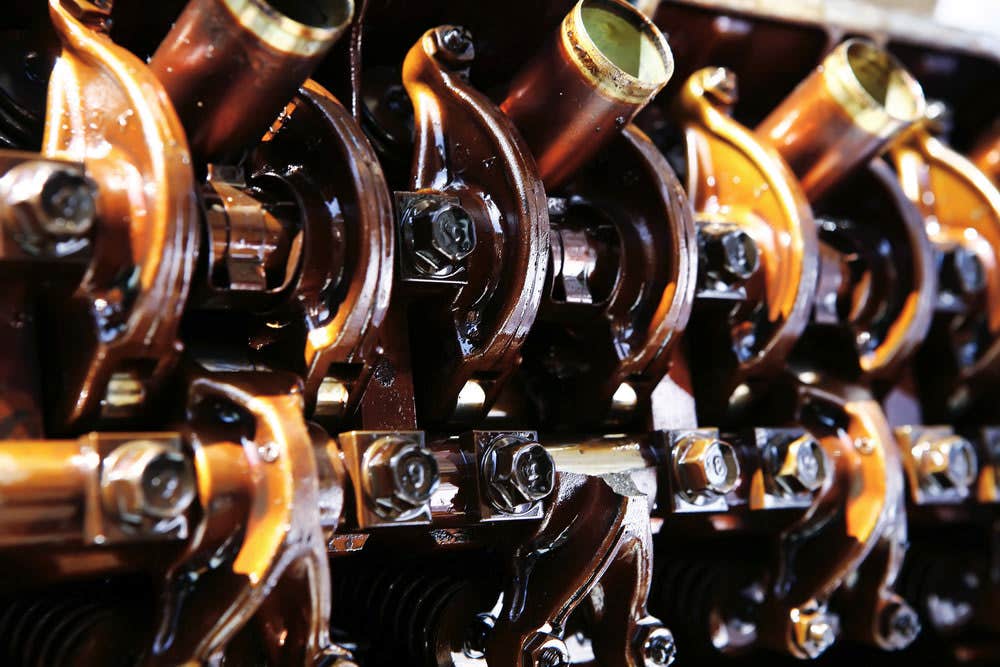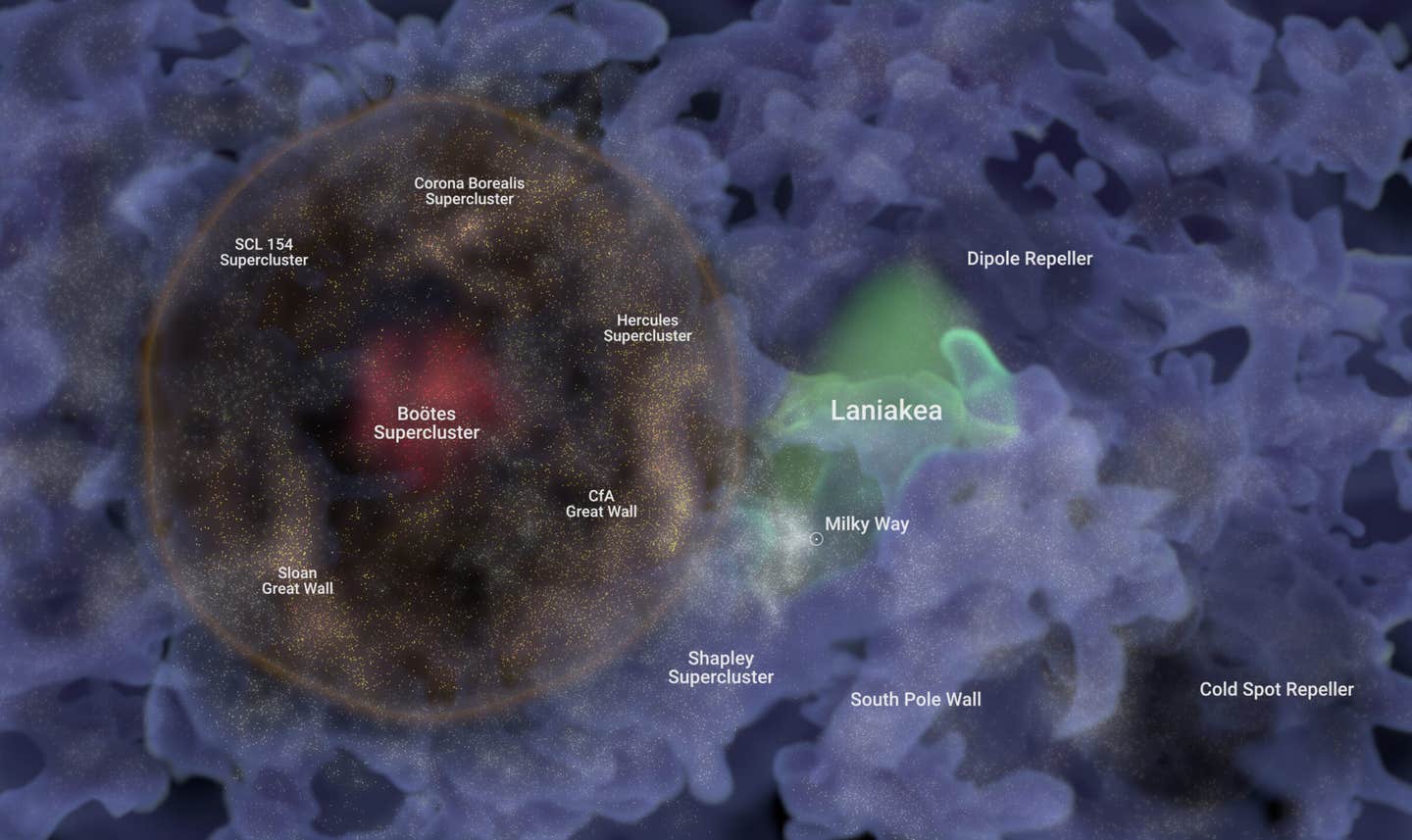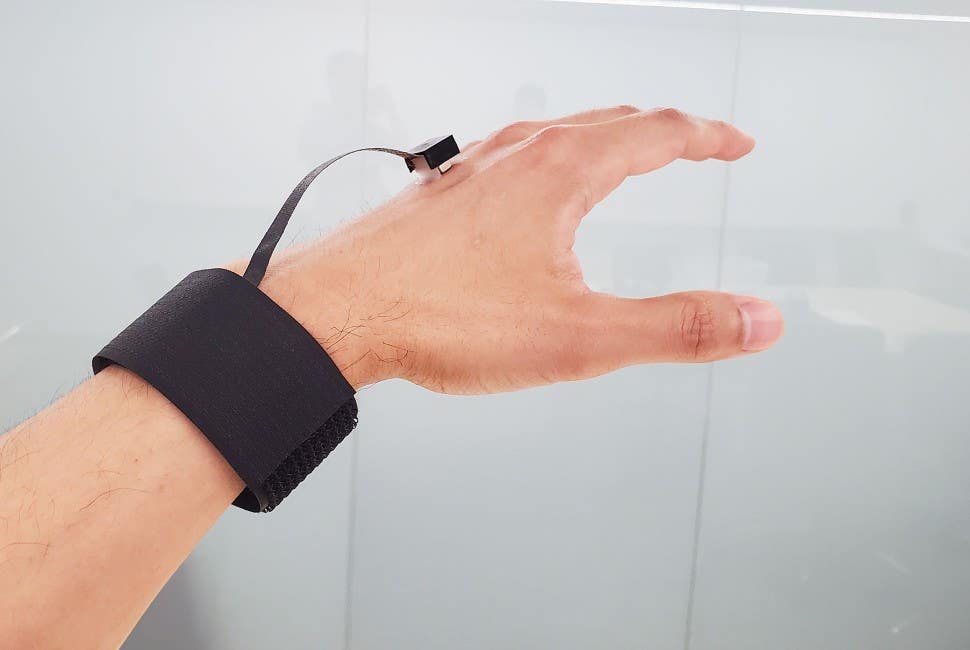Could devices that never wear out ever become a reality?
It has long been human’s dream to create long-lasting and durable devices. However, ubiquitous wear hugely limits the life of products.

[Sept 4, 2021: Science China Press]
It has long been human’s dream to create long-lasting and durable devices. However, ubiquitous wear hugely limits the life of products. Moving devices with infinite lifetime currently only exist in Sci-fi. In contemporary industrial societies, about 80% of device failures are caused by wear, which brings huge economic losses, environmental pollution, and waste of resources. At the micro-scale, due to significant surface effects, the wear of micro-devices is much more severe than that of macro-devices. Traditional lubrication methods, such as the use of lubricating oil, are often difficult to apply in micro-devices. This hinders many great designs of devices from coming into reality. For example, the first micro-motor in history created by researchers at the University of California, Berkeley in 1988, failed soon after starting running due to severe wear.
Structural superlubricity (SSL) is the contact state where two solid surfaces in complete contact maintain near-zero friction and zero wear during sliding, which provides a fundamental solution to the problem of wear of devices. The team of Prof. Quanshui Zheng at Tsinghua University, China, used SSL systems composed of graphite and diamond-like carbon (DLC) films and achieved wear-free sliding for a distance of up to 100 km with a sliding speed of 2.5 m/s in ambient environment.
The researchers adhered a micro-scale graphite flake to the top of a probe, and used a nanomanipulator to manipulate the graphite flake to contact with an atomically smooth DLC film on a disc. In the experiment, the position of the graphite flake is fixed, and the rotation of the disc will cause relative sliding between the graphite flake and the DLC film. An optical microscope was used to observe the sliding status of the graphite flake on the disc in real time.
The researchers controlled the rotation speed of the disc to be 2.5 m/s, and performed a sliding experiment for the graphite flake with a total of 108 km sliding distance and 12.5 hours sliding time. After the sliding experiment, the researchers performed Raman spectroscopy characterization on five points (one at the center and four in the surrounding areas) on the sliding surface of the graphite flake, and no D peaks were detected. This means that the sliding surface of the graphite flake was still intact after sliding for an extremely long distance of 108 km. The researchers also used an atomic force microscope to characterize the sliding areas on the disc, and found no traces of wear.
Photos of experimental setup. (b) Schematic of experimental setup. (c) Optical microscope image of the sliding surface (contacting the substrate) of one graphite flake after the sliding experiment. (d) Raman spectroscopy characterization results; (e) Morphology characterization using AFM of the sliding area on a DLC film. (CREDIT: Science China Press)
The researchers further measured the relationship between the friction and the normal pressure, and observed that the frictional stress was only about 0.02 MPa (the normal pressure was 40 μN), and the friction coefficient (the derivative of friction with respect to load) was about 0.005. When the normal pressure was greater than 30 μN, the friction coefficient was also on the order of magnitude of 0.001, which satisfies the definition of superlubricity (i.e. the friction coefficient is on the order of magnitude of 0.001 or lower).
A graphite flake can be seen as a pile of stacked sheets of graphene. Graphene is a van der Waals two-dimensional material, and the interaction force between it and DLC is van der Waals force, which may be the reason for the extremely low friction between them. In order to verify this, the researchers further measured the friction between graphite flakes and six other kinds of materials (silicon, sapphire, mica, silicon oxide, aluminum oxide, hafnium oxide, which all have van der Waals interactions with the graphite flake).
The results show that the friction coefficients of all six groups are on the order of magnitude of 0.001. Through numerical simulations and calculations, the researchers also found that the contact state between the graphite flake and these materials was full contact. This full contact state avoids stress concentration, edge effects and other factors that may destroy the superlubricity state.
Based on various evidences mentioned above, the researchers believe that the van der Waals interaction at the interface, the atomically smooth surface, the full contact state, and the extremely high in-plane strength of graphene, together result in the excellent wear resistance between the graphite flake and the DLC film.
For more technology news stories check out our New Discoveries section at The Brighter Side of News.
Like these kind of stories? Get The Brighter Side of News' newsletter.
Tags: #New_Discoveries, #Manufacturing, #Technology, #Longevity, #Friction, #The_Brighter_Side_of_News
Joseph Shavit
Head Science News Writer | Communicating Innovation & Discovery
Based in Los Angeles, Joseph Shavit is an accomplished science journalist, head science news writer and co-founder at The Brighter Side of News, where he translates cutting-edge discoveries into compelling stories for a broad audience. With a strong background spanning science, business, product management, media leadership, and entrepreneurship, Joseph brings a unique perspective to science communication. His expertise allows him to uncover the intersection of technological advancements and market potential, shedding light on how groundbreaking research evolves into transformative products and industries.



